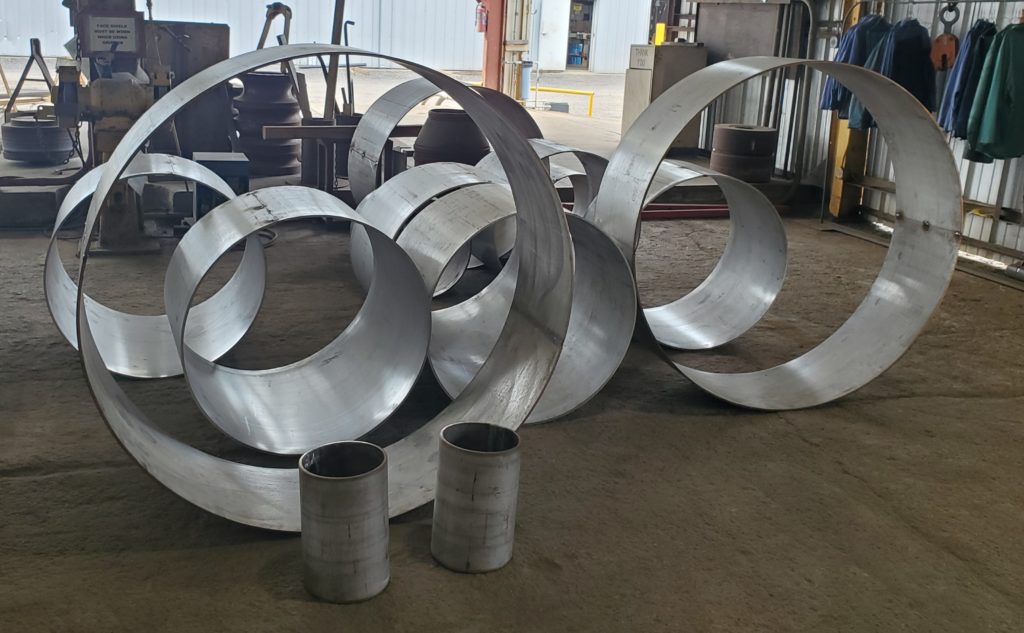
Galvanization is a common term heard when dealing with metal and its properties. But, what does it mean? The team members at Berman Bros. and Rubin Iron Works are experts on metal properties, scrap recycling in Jacksonville, as well as metalworking in Jacksonville. Here is the skinny on galvanization and what it means for you.
What is galvanization?
Galvanization is the metalworking process that applies a thin, protective layer of zinc to iron or steel. The primary purpose of galvanization is to prevent rusting and corrosion by keeping the metal from coming into contact with air and moisture.
How is metal galvanized?
Raw iron and steel pieces are first cleaned and degreased. They are then “pickled” in a sulfuric acid bath. Next, in the most popular form of galvanization, called hot-dip galvanization, the metal is submerged in a tub of hot, molten (or melted) zinc. Sometimes, electroplating is done in thinner coats, which is called electrogalvanizing. This is often used in processes that will incorporate additional layers, such as paint layers on a car body.
How does galvanization work?
When the metal is pulled out of the zinc bath, the zinc reacts to the oxygen in the air to create a hard layer of zinc oxide, which prevents air transmission to the metal underneath. The layers then react again with the carbon dioxide in the air to form the final protective layer of zinc carbonate. A finished, galvanized piece will have a crystal-like, shimmer pattern on the surface.
Where is galvanized metal used?
The primary, and most common, use of galvanized steel and iron is in construction projects and steel frames. Berman Bros. has the largest stock of carbon structural steel, stainless steel and aluminum in Florida – much of which is galvanized.
Why do you galvanize metal?
Galvanizing metals like iron and steel protects, reduces corrosion, increases lifespan and extends durability. Galvanized metals are ready to use when they arrive at a work site, as they don’t require additional prep, thereby often reducing initial costs. After metal has been galvanized the zinc surface creates a layer that is insoluble to rain and water. The zinc will even protect the iron base by corroding before it, in a sense sacrificing itself to protect the layer below.


